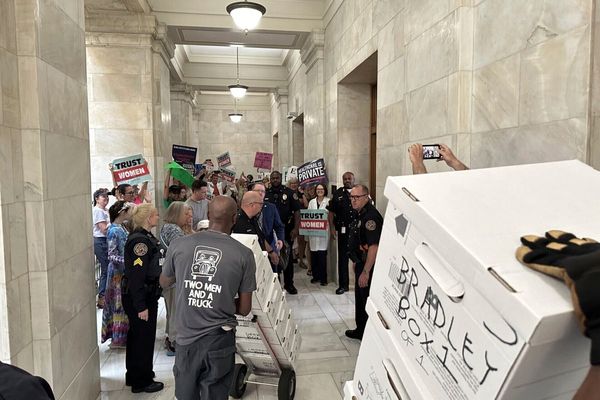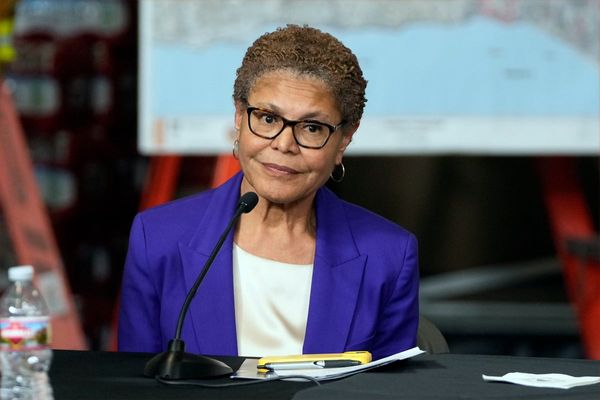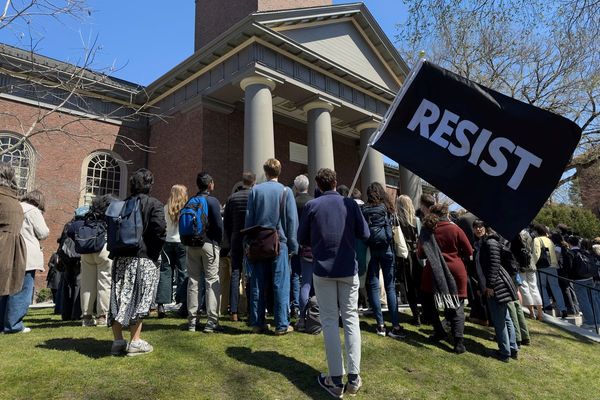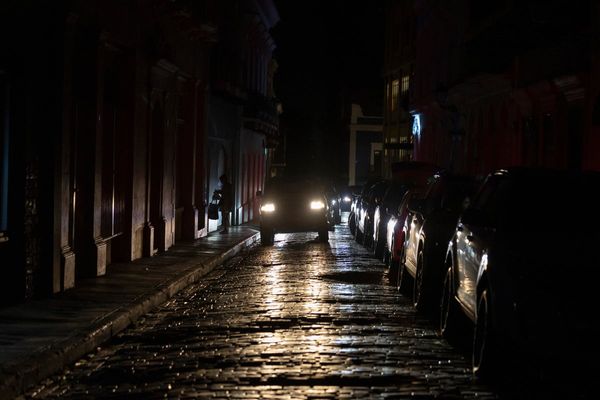London and the South East have been paying more income tax than the rest of England put together, official figures reveal.
Revenue from the levy in Kensington and Chelsea alone is close to the total raised in the whole of the North East.
The analysis by the London Standard highlights the huge wealth discrepancies in Britain and how reliant the country is on London and the South East as the economic powerhouse.
The capital, as well as the wider South East region to a lesser extent, are overheating with sky-high property prices fuelling housing crises, according to experts, expensive high street prices exacerbating a cost-of-living crisis, and quality of life impacted by overcrowded commutes on delay-hit train services, polluted streets and less green space.
Other regions are suffering from job shortages, worse public services and fewer opportunities.
Many more Londoners, as well as people in other regions, will also be dragged in coming years into paying the basic or higher rates of income tax by the freeze on thresholds until 2027/28.
The income tax hit on London in 2022/23, the latest available figures, was a staggering £63.8 billion, and £44.6 billion for the South East, making a combined total of £108.4 billion.
This huge sum was above the £105.8 billion for the North East, North West, West Midlands, East Midlands, East of England, Yorkshire and the Humber and South West.
The local authority with the biggest income tax bill was Kensington and Chelsea at £5.2 billion, close to the £5.5 billion for the North East, and more than the £3.8 billion for Northern Ireland.
The ten London boroughs paying the most income tax were Kensington and Chelsea, Westminster (£4,640,000), Wandsworth (£4,260,000), Camden (£3,840,000), Richmond upon Thames (£2,810,000), Barnet (£2,760,000), Hammersmith and Fulham (£2,590,000), Lambeth (£2,400,000), Islington (£2,380,000), and Bromley (£2,350,000).
Sir Keir Starmer last week declined to rule out extending the freeze on income tax thresholds beyond 2027/28.

However, Chancellor Rachel Reeves is expected to focus in the Spring Statement on Wednesday on slashing public spending by billions to plug a blackhole in the public finances after the blows to the economy from her autumn Budget, Donald Trump’s tariff wars, and the Office for Budget Responsibility, the fiscal watchdog, downgrading its growth forecasts.
Economists believe the public finances gap is between £15 billion to £20 billion, though, Chancellor’s have in the past found ways to come up with a smaller figure than predicted.
But Ms Reeves was dealt a fresh blow on Friday when figures showed UK Government borrowing soared in February above forecasts as public sector spending rose.
The Office for National Statistics said public sector net borrowing was £10.7 billion last month, £4.2 billion more than had been forecast by the OBR, and above City predictions.
The Chancellor has been heavily criticised for the £25 billion hike in National Insurance on employers which has hit many businesses, forcing some of them to scale back their workforces.

Ms Reeves has defended the Budget’s £40 billion in tax rises, £30 billion more in borrowing, to boost spending by £70 billion to better fund Britain’s broken public services, including the ailing NHS and crisis-hit prison system.
But she has been accused of scoring an own goal with the “jobs tax” NI increase which is widely seen to have damaged the economy.







